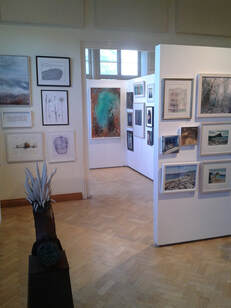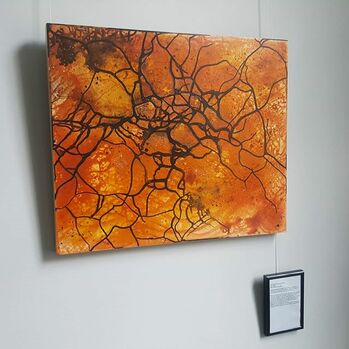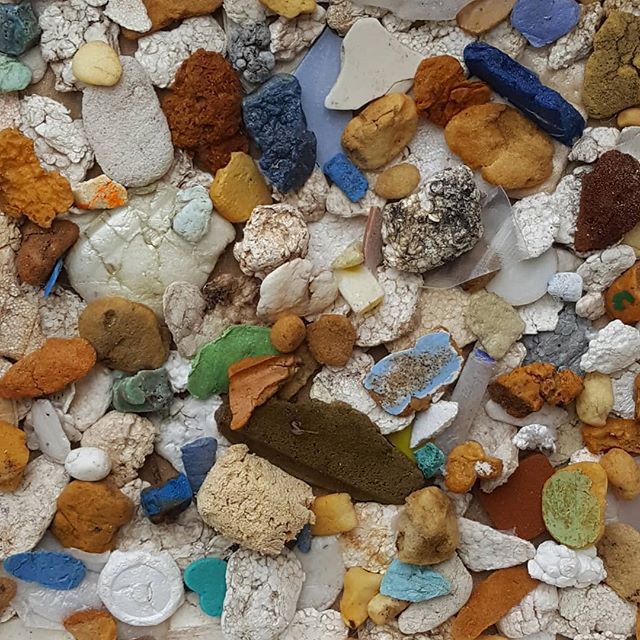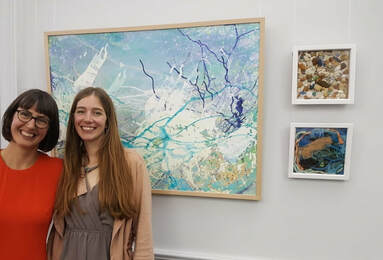Artworks held in public collections:
2023
- Chippenham Museum, 'Never Ceasing'
- Wiltshire Museum, 'Standing Still at Avebury'
2023
- Solo show: 'Tranquility Flows' Gallery 56, Corsham
- Solo show: 'Emergence' Caerbladon, Malmesbury
- Solo show: 'Vital Signs' Pound Arts Centre, Corsham, including collaborations with Celia Smith and Jonathan Mansfield
- 'Round These Parts' Caerbladon, Malmesbury
- Black Swan Arts Open, Frome
- The Art Cohort Summer Open, Bath
- MAKE Southwest Craft Summer Exhibition, Collaboration with Celia Smith, Bovey Tracey
- Pound Arts Open, Corsham
- ‘Head Space’ The Art Cohort, Bath
- Pound Arts Open, Corsham
- ‘Modern and Contemporary Art’ Chippenham Museum
- The Art Cohort, Summer and Winter Open, Bath
- Pound Arts Open, Corsham
- ‘Smile Inside’ touring exhibition, IID Arts (working with older isolated people)
- ‘Housebound’ online exhibition, Chapel Arts Studios
- ‘Perception’ Chippenham Museum
- ‘Revive’ The Pound Arts Centre, Corsham
- Pound Arts Open, Corsham
- ‘Spring Awakening’ Gallery Du 808, Bristol
- ‘Call to arms’ The Crypt, Bristol
- ‘Visions of Science’ The Edge, Andrew Brownsword Gallery, Bath University
- ‘Resonance’ Corsham Town Council
- Pound Arts Open, Corsham
- Pound Arts Open, Corsham
- ‘Threads’ Salisbury Arts Centre
'Resonance' 2018 was an exhibition collective formed to address the rise of plastic pollution and the effects of climate change.
Artists: Alexandra Gould, Dan Gould, Rachel Heard and Rachel Reid.
Composer: Stuart Bruce.
Writer: Katie Ackrill.
Artists: Alexandra Gould, Dan Gould, Rachel Heard and Rachel Reid.
Composer: Stuart Bruce.
Writer: Katie Ackrill.



